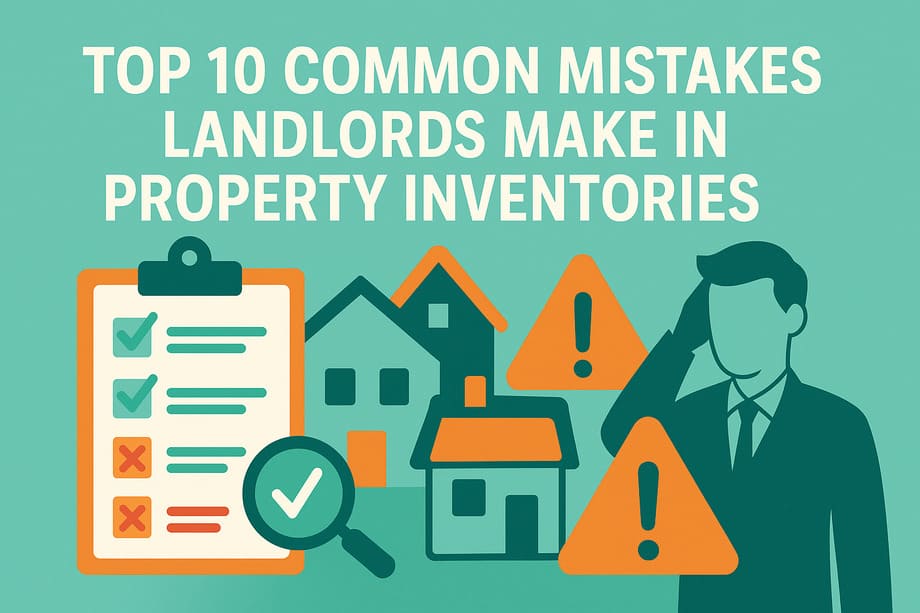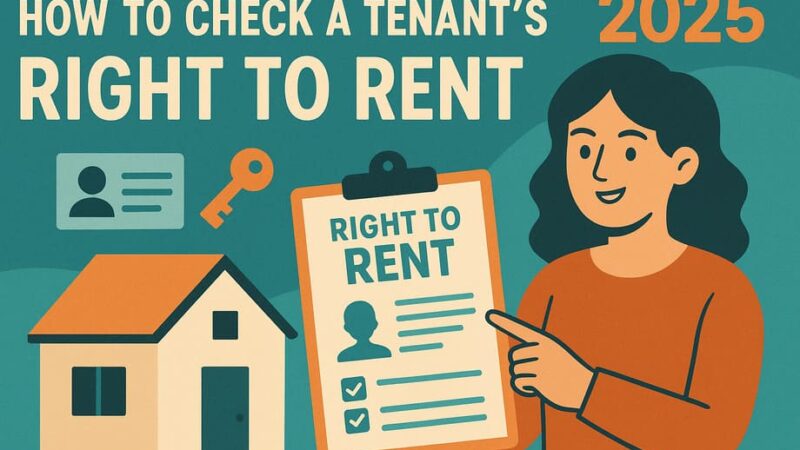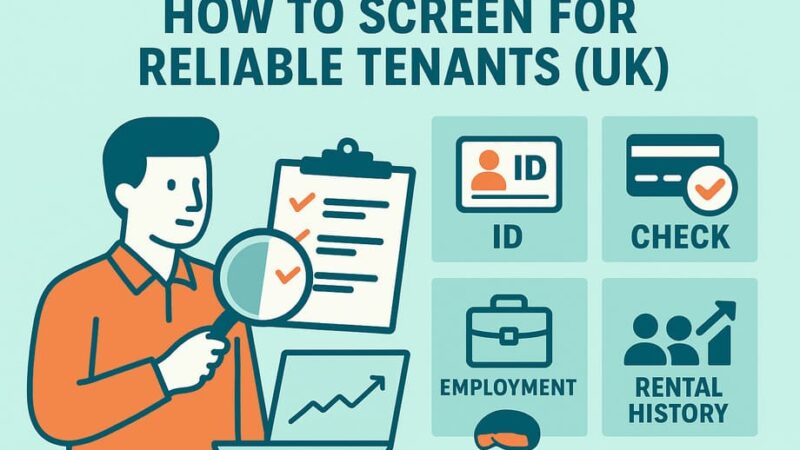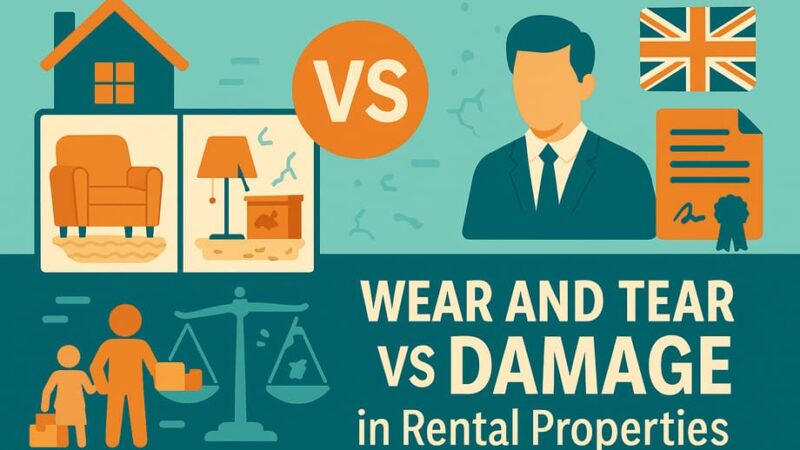Top 10 Common Mistakes Landlords Make in Property Inventories

A property inventory is one of the most powerful tools a landlord can use to protect their rental property. Yet many landlords either skip the process or make mistakes that weaken their case if disputes arise.
From incomplete records to missing signatures, these errors can cost landlords hundreds or even thousands of pounds in lost deposits and legal battles.
In this article, we’ll break down the 10 most common inventory mistakes UK landlords make and how to avoid them.
1. Not Doing an Inventory at All
The biggest mistake is not preparing an inventory in the first place. Without one, you have little to no evidence if a dispute arises over damages or cleaning at the end of a tenancy.
Avoid this by using a clear, detailed property inventory template every time a new tenancy begins.
2. Failing to Include Photos or Videos
Words alone can be disputed. Without visual proof, it becomes a “he said, she said” situation.
Always back up written descriptions with photos or videos, especially for high-value items like appliances and furniture.
3. Being Too Vague in Descriptions
Writing “good condition” or “ok” is not enough. Adjudicators need detail.
Instead, use specific phrases like:
- “Light scratch on table surface”
- “Carpet slightly worn by doorway”
- “Walls freshly painted, no marks”
Detailed notes show effort and make disputes easier to resolve.
4. Forgetting to Record Meter Readings
Energy, gas, and water meter readings should always be included in the inventory.
This prevents arguments over unpaid bills when tenants move out.
5. Not Doing a Check-Out Inventory
Many landlords do a check-in inventory but skip the check-out. Without the end comparison, you can’t prove changes in condition.
Always complete both stages — check-in and check-out — and keep copies.
6. Missing Tenant Signatures
An unsigned inventory has little weight in a dispute.
Make sure the tenant signs the document at check-in, confirming they agree with the recorded condition.
7. Forgetting to Provide the Tenant With a Copy
Tenants must have their own copy of the inventory.
Without it, they may argue they weren’t aware of its contents, which could weaken your case.
8. Ignoring Furnishings and Small Items
It’s easy to record big-ticket items like sofas and fridges but forget small things:
- Curtains and blinds
- Light fixtures and bulbs
- Kitchen utensils in furnished lets
These add up, and missing them can create costly disputes later.
9. Not Updating the Inventory During Tenancy
If new furniture or appliances are added (or removed), update the inventory.
Failure to do this leaves gaps in your evidence.
10. Not Using a Standard Template
Some landlords try to “wing it” by scribbling notes or typing up a quick list. The result is usually disorganized and incomplete.
Why These Mistakes Cost Landlords
The tenancy deposit protection schemes in the UK rely heavily on evidence.
If a landlord can’t provide detailed, signed, and dated proof of the property’s condition, they are far more likely to lose disputes even if the damage seems obvious.
A professional, detailed inventory:
- Saves time and money
- Protects deposits
- Builds better landlord-tenant relationships
- Prevents stressful disputes
Final Thoughts
A property inventory is more than just a checklist, it’s a legal safeguard. Avoiding these 10 common mistakes will give you stronger protection, happier tenants, and a smoother letting process.
FAQs
Do I need a professional inventory company?
Not always. A landlord can create their own inventory using a detailed template, as long as it’s clear, signed, and includes photos.
Can tenants refuse to sign an inventory?
They can, but you should note their refusal and keep detailed photos as evidence. Most tenants will sign if they know it protects them too.
Is a property inventory legally required?
No, but it’s strongly recommended. Without one, landlords often lose disputes in deposit adjudication.
What’s the difference between check-in and check-out inventories?
Check-in records the property’s condition at the start of tenancy, while check-out compares it at the end to identify damages or changes.
How-To (Schema)
How to avoid inventory mistakes as a landlord:
Always create an inventory at check-in.
Include photos and videos for proof.
Use detailed descriptions, not vague terms.
Record meter readings.
Get tenant signatures and provide them with a copy.
Complete a check-out inventory at tenancy end.
Keep everything organized in a template for consistency.
Last Updated on September 9, 2025 by James Cartwright







